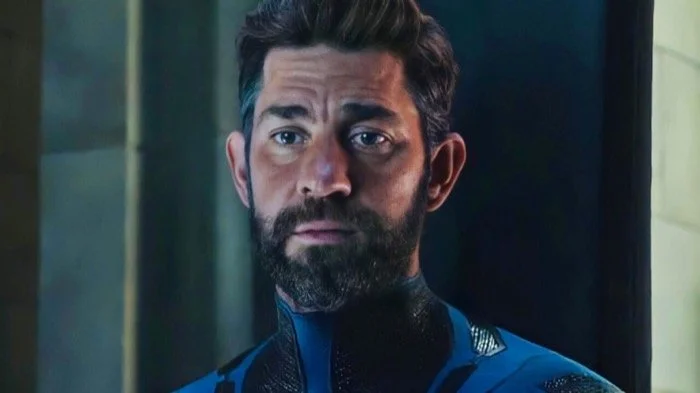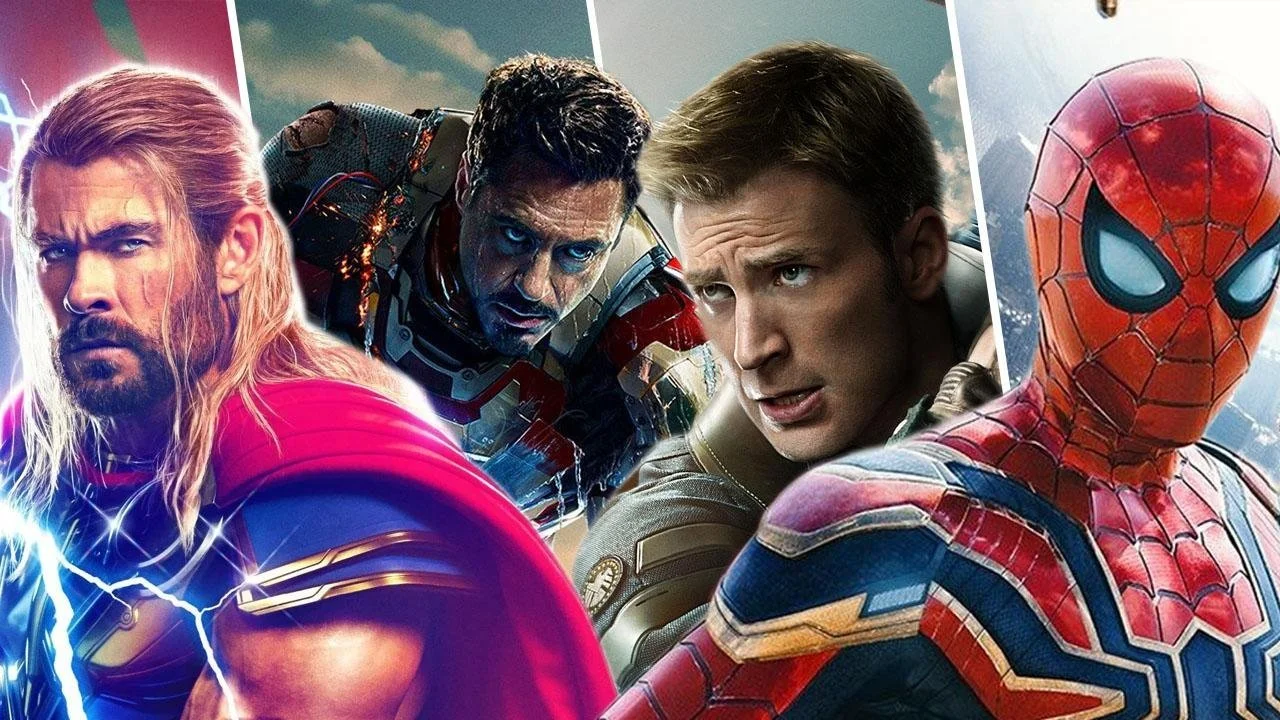This Could Be The Future Of The MCU According To Comic Books
Image Source: Cinemablend
As the Marvel Cinematic Universe rages through the multiverse, it’s more and more evident that Kang The Conqueror is determined to bend all universes to his will. Kang could turn out to be a bigger bad than even Thanos was in the Infinity Saga. Speculation about his schemes has been rampant since his first on-screen appearance in the MCU in the Disney Plus show Loki (his exchange with Loki in that finale was spectacular). Technically he was only known as He Who Remains (played fantastically by Jonathan Majors), which implies there could be multiple versions of the characters.
The events of Doctor Strange and the Multiverse of Madness further add to the credence that Kang is working behind the scenes after the MCU debut of The Fantastic Four (albeit a short-lived debut, but characters come back to life all the time, right?). And if the history of Marvel comics is any indicator, The Fantastic Four are expected to play a significant role in the state of both the MCU and current comic books, both of which likely are building up efforts to stop Kang from controlling the timestream unchallenged.
RELATED:
Marvel Comics has been around for nearly a century now, but the landmark moment in the company’s history was the shift to focusing solely on the Marvel brand. The company kicked off that era in June of 1961 and featured—you guessed it—The Fantastic Four. A couple of years later, Kang’s character made his debut in Fantastic Four #19, though at the time, he was known only as Rama-Tut.
Now that the MCU and the current line of comic books are centered around the multiverse, it wouldn’t be much of a leap to think that multiple versions of Kang exist, which could mean the older comic-book versions of Kang could appear on the big screen. Other versions of Kang have included Immortus (1964), Iron Lad (2005) and the aforementioned He Who Remains. One comic book storyline even reveals that the original version of Kang was actually a 31st-century scientist named Nathaniel Richards, who was a descendant of Reed Richards.
A connection specifically between Kang and Reed would fall right in line with the storylines in the comics, and we may have already seen this connection. During his key scene in Multiverse of Madness, John Krasinski’s Reed Richards starts cracking open the door to The Fantastic Four’s connection to Kang just with his entrance; the light blue square portal beams through which Reed makes his entrance into the Illuminati’s chamber are similar to the beams we see the Time Variance Authority (TVA) use in Loki (the only real difference is the color).
Image Source: joblo.com
Though the version of Reed we saw in Multiverse of Madness didn’t survive—nor did any other members of the Illuminati, for that matter—the comic books have created multiple versions of him and the rest of The Fantastic Four. We know who the writers are for the Fantastic Four movie, and they’ll have plenty of versions to choose from. One of the most notable runs was for the Ultimate Fantastic Four, which ran 60s issues from 2004 to 2009.
It won’t just be with The Fantastic Four that we see more of the multiverse. Other Marvel movies presumably will expand the multiverse even more and could make deeper references to multiple comic book universes. Ant-Man and The Wasp: Quantumania figures to have huge implications on the MCU. Producers of the upcoming Spider-Man: Across The Spider-Verse, set to release this October, all but confirmed on the Happy Sad Confused podcast that nothing is off limits when it comes to cross referencing the live-action MCU, the animated Spider-Verse movies, Sony’s Spider-Verse (which was referenced in the stinger at the end of Spider-Man: No Way Home), and the comic books, as even Spider-Man 2099 can be a key character. Marvel’s What If…? show already set a precedent for bringing live-action characters into animated form, such as Hayley Atwell’s Peggy Carter.
As the MCU tagline has always stated, “It’s all connected.”
READ NEXT:
Sources: Wikipedia [1], [2], [3], GamesRadar, IMDB














